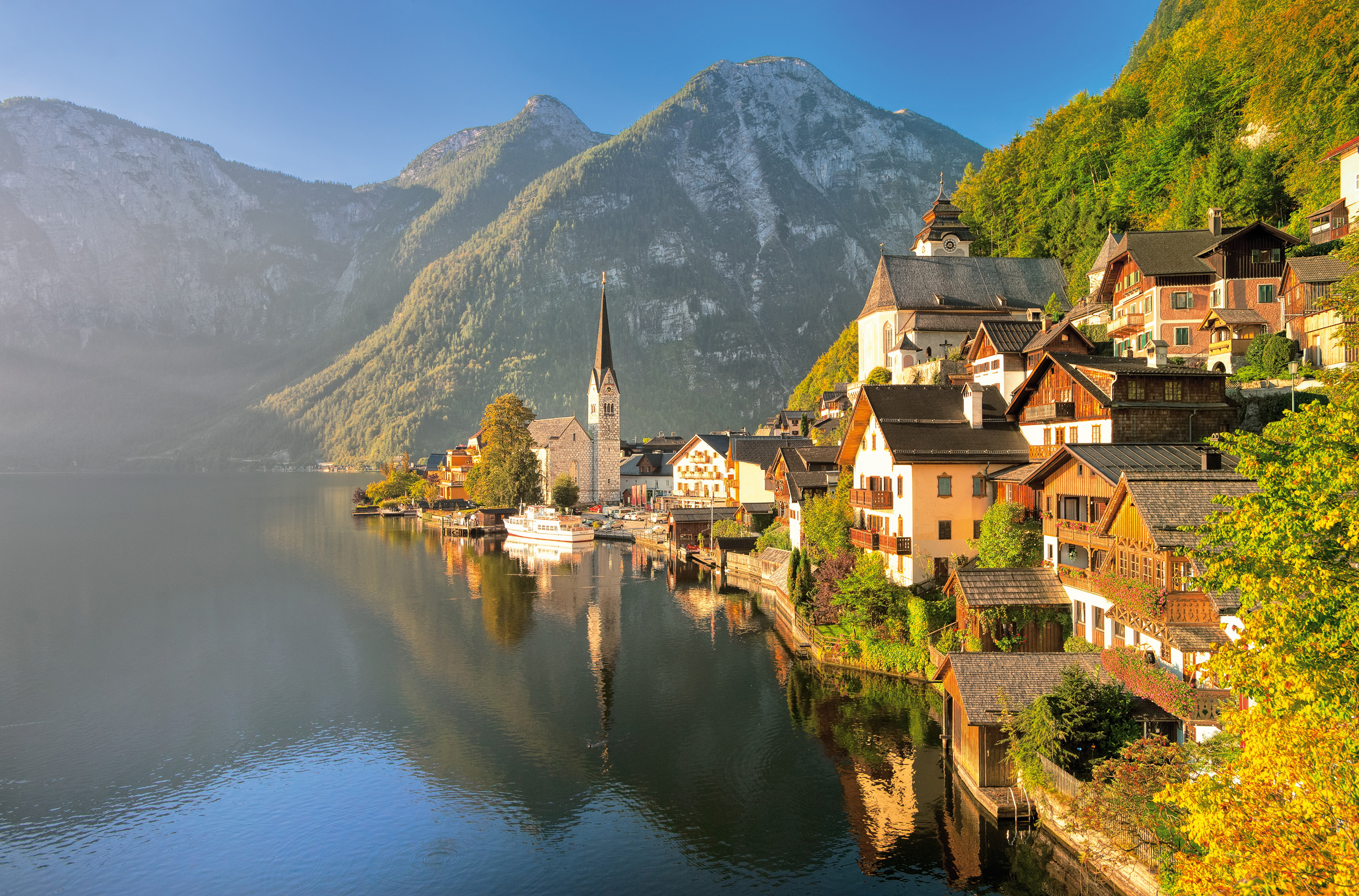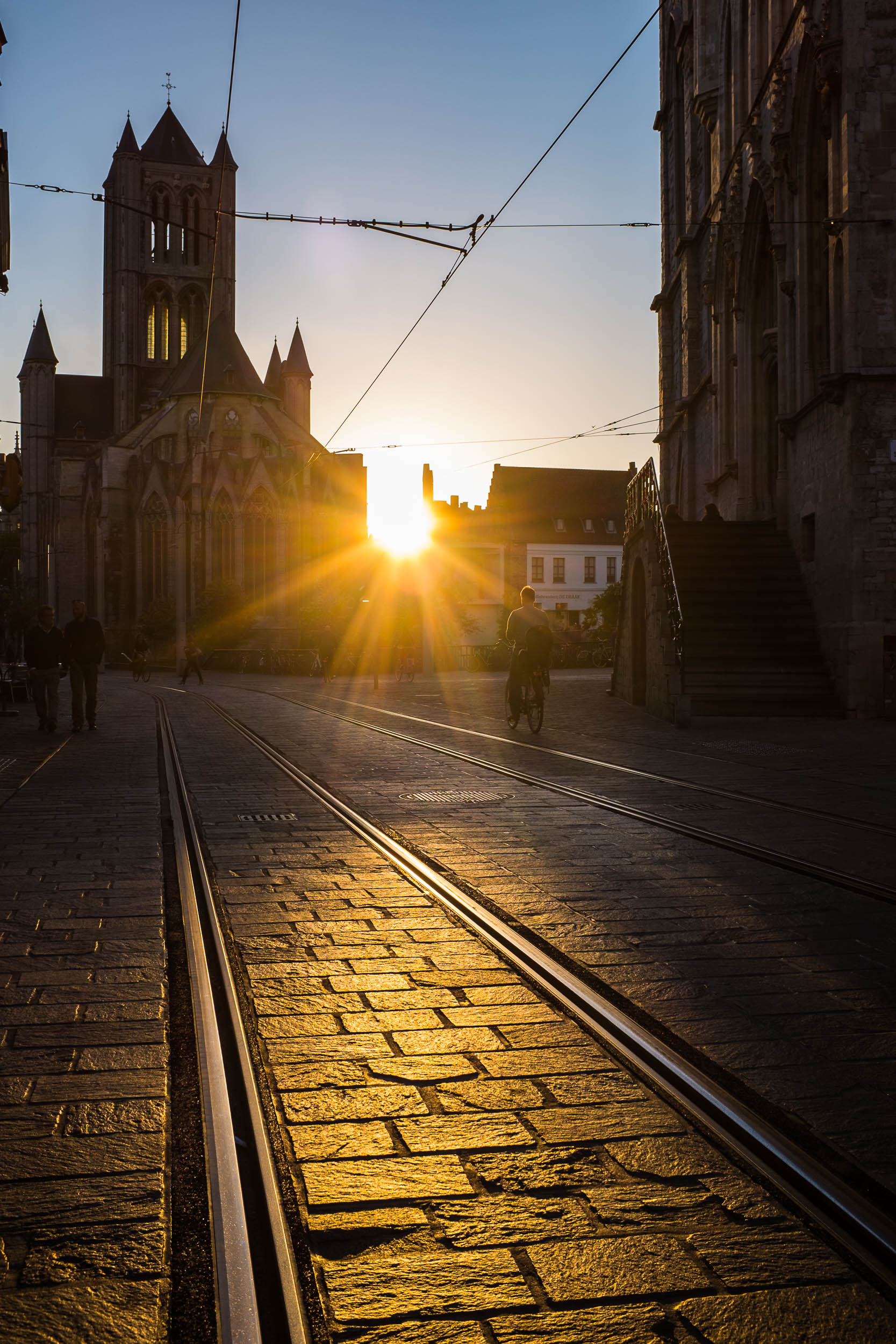33 travel photography tips you shouldn’t leave home without
Essential travel photography tips and tricks
Travel Photography Tips: photography techniques
Tip 21: best the rush
While most tourists are still asleep, I'm out making the most of the great morning light - and because most people are still in bed you won't have coach-loads of people getting in your photos and spoiling your shots! Photographing villages, towns and cities at this time of day makes the photographic experience more enjoyable.

Late afternoon and on - until after the sun sets below the horizon - is another ideal time to take pictures. In the so-called 'magic hour' - when the sun is just above the horizon, either in the morning or evening - scenes are illuminated with a wonderful warm, golden glow.
Tip 22: get creative with your composition
A common mistake is to place the subject slap-bang in the centre of the frame. Try placing it according to the 'Rule of Thirds' - along imaginary intersecting lines one one-third into the frame from the top, bottom and sides - for a more pleasing composition.

I often use a combination of the Rule of Thirds and framing to create a more interesting composition. Also remember to use other composition tools, such as framing and leading lines, to draw more attention to your subject.
Tip 23: look for patterns
Get daily insight, inspiration and deals in your inbox
Sign up for breaking news, reviews, opinion, top tech deals, and more.
The big advantage of photographing in exotic locations is the opportunity to capture unique sights with your digital camera. A great example is all the interesting textures and vibrant colours that are no-doubt overloading your senses.
Focus on specific areas, such as sand dunes or rows of colourful holiday homes, to fill your frame with these wonderfully photogenic elements.

Tip 24: hunt out interesting subjects to shoot
Your photos are memories of your travels, so photograph everything of interest. Look for captivating 'living' subjects, be it people, wildlife or plants. For these subjects try using a long-ish focal length (around 200mm) and wide aperture (such as f/4) to get them to stand out from their surroundings.
Also look for items that are indicative of a location - such as local fruit or spices, colourful hats or handmade blankets, shells or other natural elements - that will make striking images.
Tip 25: shoot into the sun
You may have been told to have the sun at your back to get perfectly exposed shots, but this will also result in flat and boring pictures! Shoot into the sun with a wide-angle lens and stop down to at least f/16 to create a natural sunburst for a dramatic image. Try placing the sun just peeking out from behind a tree or other interesting subjects.
